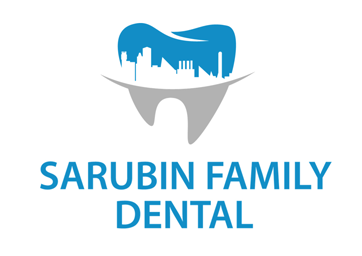When you think of dentures, do you picture George Washington’s teeth or the cartoon dentures shown in glasses of water? Modern dentures have come a long way from those early versions. Today, there is a range of dental options available for individuals of all ages who need durable, aesthetically pleasing false teeth. Denture types include full dentures to enable chewing and speaking, hybrid sets for individual missing teeth, and a range of permanent dental implants.
These options are popular, too: in 2012, one-fifth of all American adults over the age of 65 had lost their natural teeth completely. Many others experience tooth loss for a variety of reasons. Dentists are experts in treating and advising on denture options.
The History of Dentures
Ever since humans have had teeth, they’ve been losing them! The earliest evidence of false teeth dates all the way back to 700 B.C. Before the advent of modern medicine, tooth loss posed a medical problem because it could leave people susceptible to infections. However, tooth decay also became much more widespread after the Industrial Revolution due to the spread and availability of refined, processed foods and sugars. Dentists began seeking out new ways to create in-demand, long-lasting dentures for individuals who had lost or damaged teeth.
In fact, as early as the 18th century, dental technology had advanced to create full sets of dentures. George Washington, for example, actually had more elaborate dentures than the “wooden teeth” myth leads us to think—he owned multiple dentures, including ones made from hippo tusks and human teeth!
Types of Dentures
Today, hippo ivory and lost human teeth are definitely no longer in vogue for denture materials. Instead, today’s sets are most commonly made of acrylic, resin, and plastic. They come in a variety of forms.
- Full Dentures
A full denture set is the most common option for older individuals who have lost, or are having issues with, all of their natural teeth. This can happen due to aging as the teeth wear down or decay over time. First, dentists will remove the natural teeth and allow gum tissue to fully heal; this process can take a few months. During the healing period, many individuals opt for immediately accessible dentures—the kind of removable denture set that appears in cartoons. The major drawback of these denture sets is that they are not permanent—they need to be removed at night, and, yes, they can theoretically fall out into a glass of water. In addition, as the gums heal, an individual might see the shape of their mouth change, so dentures do not always fit perfectly.
- Partial Dentures
Partial dentures are a common type of denture used for a variety of dental procedures where a tooth is removed for a period of time. For example, some individuals have baby teeth that don’t fall out on their own and need to be removed; before a permanent false tooth can be made, they typically wear a false tooth attached to a metal strip that resembles retainer. Others have lost teeth in accidents, due to decay, or because of aging. Partial dentures are useful during the aging process to keep original teeth in place, which is safer for overall dental health as well as jawbone strength.
- Permanent Dentures
The options for permanent dentures are varied; they include implants, bridges, and dentures supported by implants. Permanent dentures may be used for the entire mouth or for individual teeth.
The key benefit of these permanent options is that they preserve bone strength in the jaw. When dentures are removable, it changes the natural shape of the mouth and can lead to bone loss or decay in the jawbone area. Permanent dentures address this by allowing wearers to apply normal pressure through bite and mouth movement, strengthening bones and muscles, and preserving face shape. They are also more convenient; there’s no need to remove, clean, or remember permanent dentures.
Removable dentures must be cleaned carefully to prevent bacteria from forming or dirt from building up. Removable dentures should also be stored in a glass of water or special denture cleaning solution to prevent them from keeping dry. With permanent dentures, the same rules of thorough dental care apply as they do with regular, natural teeth. This includes brushing in circular motions along the teeth, the gums, the tongue, and the palate, as well as flossing, mouthwash, and regular dentist appointments.
Are you considering dentures? Make an appointment with your dentist today to learn more about your options and treatment plans. You may be surprised to learn just how advanced modern dentures are—no wooden teeth required!
